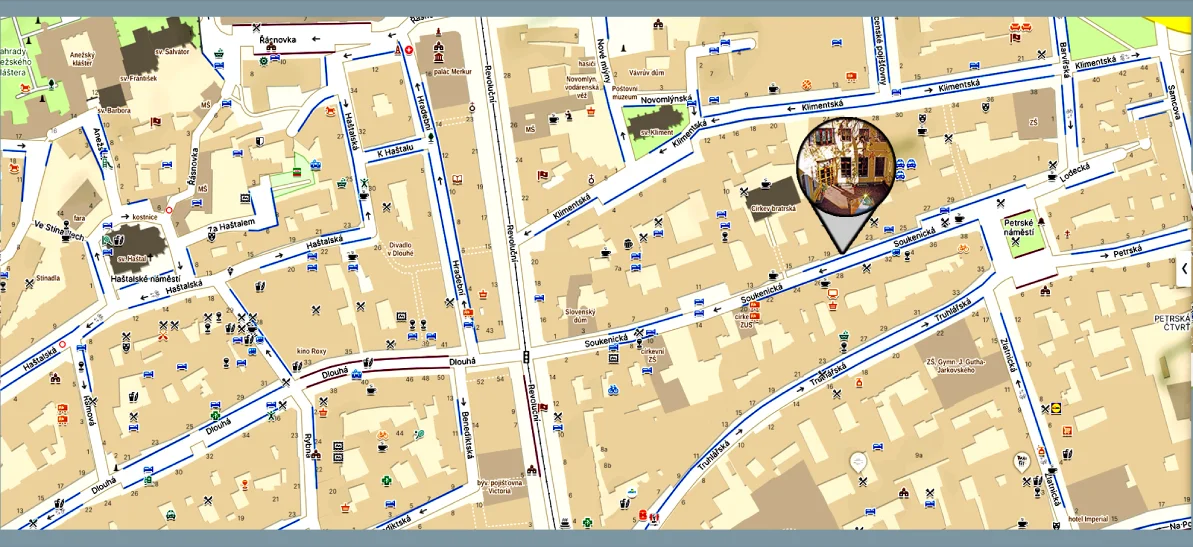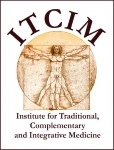
Dr. Gábor Pék - Hungary
Abstract of the presentation
Svādhyāya Meets Technology: Can AI Assist Self-Study for Wellbeing?
Co-authors: Geza. M. Timcak (Slovak Yoga Association)
Branch: Yoga
Svādhyāya refers to the study of scriptural sentences as well as the silent recitation (i.e., japa) of a purificator mantra such as OM to lead oneself to complete wellbeing: liberation. According to yoga, wellbeing is rooted in one’s state of mind which shapes not only our reactions and how we engage with the world, but also preserves how the world affects us. This way, there is a deep interconnection between the world outside and inside. Traditionally, the purpose of loud and silent recitation of scriptural sentences is to engrave new pathways into the devastating desert of misconceptions and misbeliefs that undermine one’s physical and mental health, as well as to unveil new perspectives about our true nature. Furthermore, these texts are not only profane words, but sacred syllables resonating with frequencies that reshape one’s rigid inclinations.
Today, AI extends and in certain cases pursues to replace existing approaches to how we attempt to solve the challenges of humanity, including our wellbeing. While the extent of convenience offered is seemingly indisputable, we already experience that there is a lot to lose—for example, the willpower we invest in our self-study and self-exploration. Without such drive, our scope of agency depletes, and such dependency fosters laziness and sluggishness that slowly deteriorate our wellbeing and health.
In this presentation, we first discuss the traditional meaning of svādhyāya, or self-study, for mental and physical wellbeing. Then, we explore the pros and caveats of using AI in such a process, as well as suggest how contemporary technologies can help an aspirant’s initial efforts, while highlighting their limited scope. Approaches such as transhumanism and human-machine interoperability are also touched upon, which are certainly envisioned by many as an optimal solution for our ailments.
Please note that some of the texts also include machine-generated translations.





